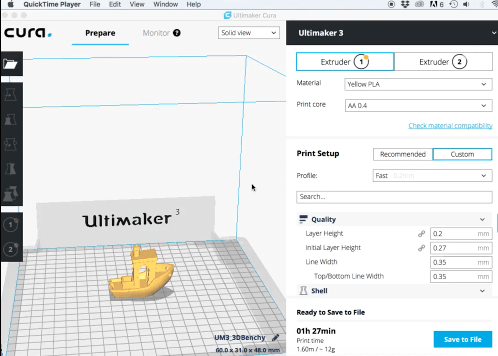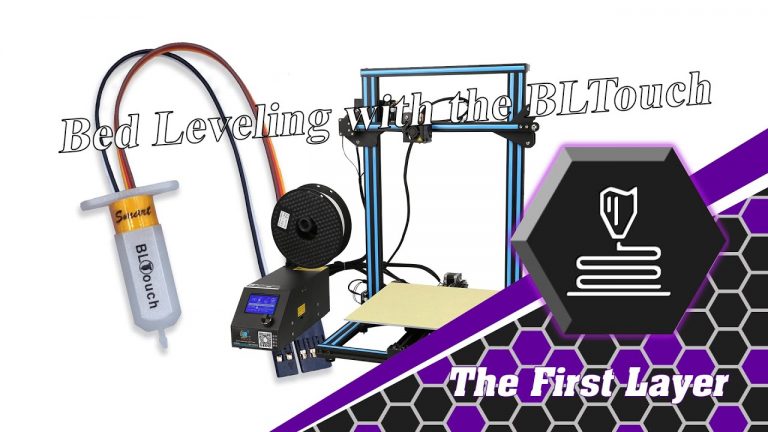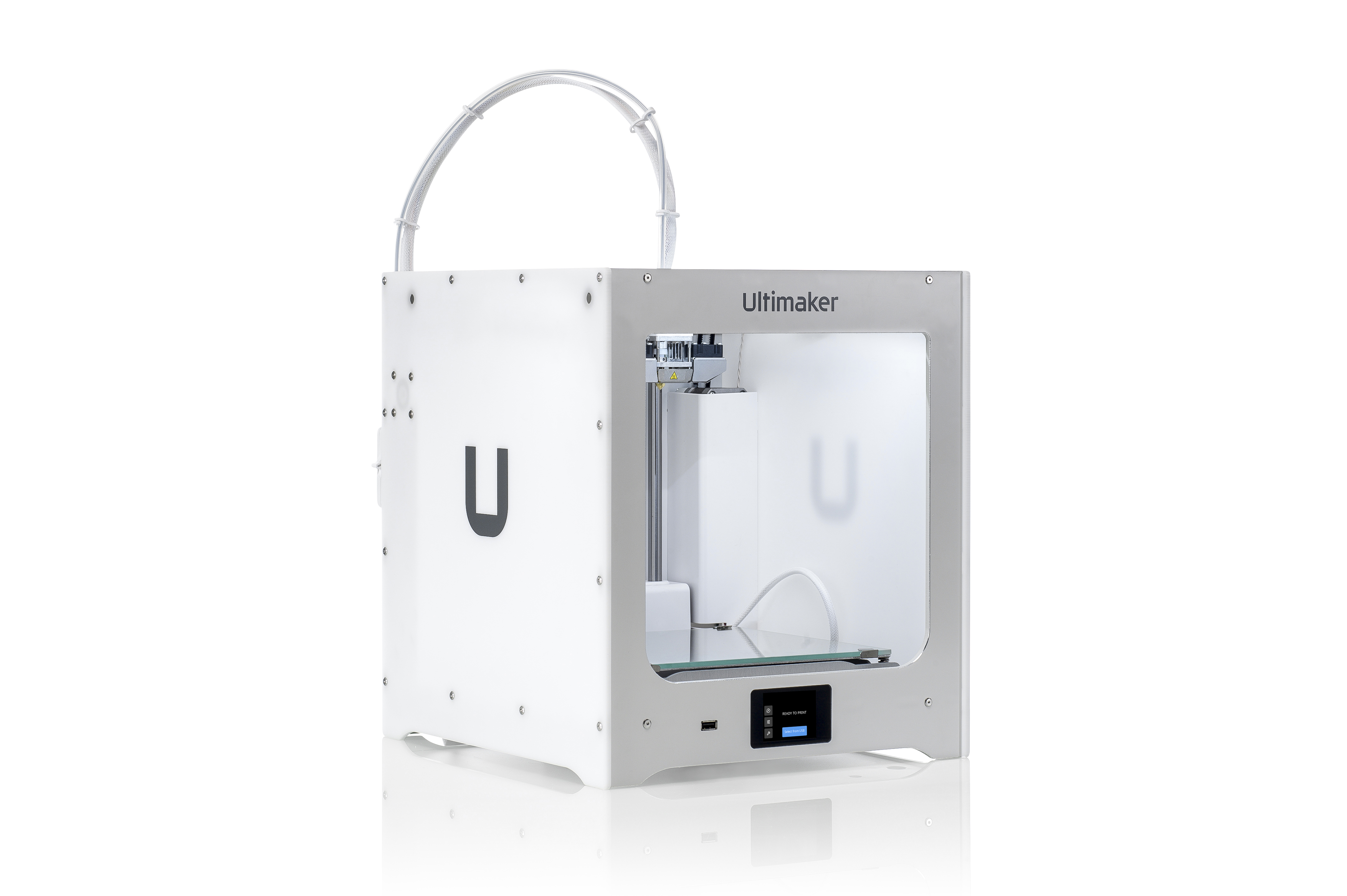


In this case, all of the blue pillars are the supports that will be added to help the object print well. So the general workflow is: 3D Editor -> Cura -> SD Card -> UM2.
ULTIMAKER CURA TUTORIAL CODE
This will show how each layer of your object will be printed, and Cura will also color code the layers so you know what is infill, a wall, support, etc. Some of the computers in our lab don’t slice automatically and must be told to slice by the “Prepare” button. Note: sometimes you will need to click the green “Prepare” button in the bottom right of Cura for layer view. It will say “Solid View” by default, but it has the option for X-ray view and layer view. To do this, click the drop down in the top right next to the printer selection drop down. You can see what the support placement looks like by changing the view to layer view instead of solid view. For this object, since the only places that need support lie directly over the build plate and not another part of the model, the touching build plate option would be best. Support generally breaks off easily and cleanly, so you can choose whichever option you think would best fit your needs.

Everywhere means support will be placed from one part of the model to another part of the model. Touching build plate means support will only be placed going from one part of the model directly to the build plate. The settings for support placement are touching build plate and everywhere. The only option in here to be changed is the “Support Placement” dropdown. This will show many extra settings in the support tab, but they don’t need to be changed. To add support, click the “Support” tab and check the box that says “Generate Support.” The object below has many parts highlighted red, and has some areas hanging in mid air that won’t print well with no support. If Cura thinks a part of an object won’t print well, it will highlight it red meaning it needs some support to print. Determining if a model needs support comes with experience, but one easy way of telling if an object needs support is red highlighted areas in Cura. This might include parts in midair, parts with large overhangs, or long bridges in air. I believe the default is 50 mm/s for more complicated objects I suggest 25mm/s but you have to experiment for what works for your print.Support is extra material that is added to your model to help print parts that won’t print well normally. Find the PRINT SPEED MM/S option and adjust the speed.
ULTIMAKER CURA TUTORIAL FULL
Now you have full control over all of the settings. Using the EXPERT dropbox choose FULL SETTINGS and the dialog box on the left hand side will change. If you are printing something complicated you should turn down the print speed. By checking the support box the program will generate a removable scaffolding for building your print. (disregard if this is the year 3014 and no longer the case) Everywhere printing will occur where there is nothing underneath to hold it up will need to be supported. Remember there is no anti gravity device in your bot yet. They are there to keep your print from becoming a mushy pile. SUPPORTS - Supports are what they sound like. The raft is useful if your print is long and flat because some warping may occur during printing due to temperature fluctuations. If can be removed when the print is complete. RAFTS- Like a life raft for your print, this layer of plastic is printed first and sits under your print and keeps it from peeling off the build plate during printing. SUPPORT STRUCTURE- This is the important one. Resolution- Do you want it to be faster or prettier or a happy medium? This depends on what you will be using your printed object for. In order for your model to print correctly you will need to customize the settings.


 0 kommentar(er)
0 kommentar(er)
